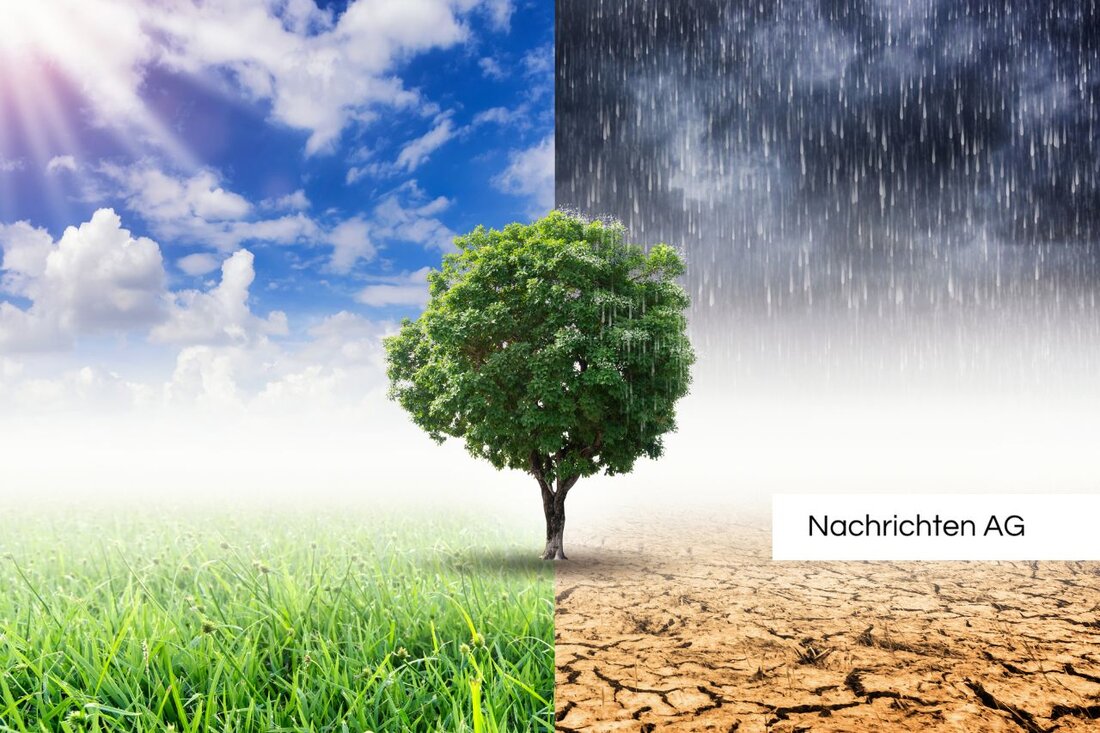Future of the forests: How the Harz region is fighting climate change
A new forest research project is being launched in the Harz Mountains to analyze and mitigate the effects of climate change using innovative methods.

Future of the forests: How the Harz region is fighting climate change
The forest - an important habitat and constant companion of people in Central Europe - faces major challenges that are intensified by climate change and human intervention. In a new project in the Harz, the potential and limits of reforestation strategies are to be examined in order to save the valuable forest habitat.
Three different forest areas are researched according to a uniform pattern. One area is left to nature, while a second area is classically reforested. In the third area, resilient tree species are used that are specifically robust against changing climatic conditions. The aim is to find out which method delivers the best results in the long term. Project leader Andreas Bolte from the Thünen Institute for Forest Ecosystems emphasizes the need to include all key groups of actors in the processes, because “saving the forests can only be achieved by society as a whole,” as MDR reports.
Digital innovations for research
An exciting element of the project is the use of modern technologies. Digital replicas are intended to help test the results and transfer them to larger areas. The interdisciplinary approach, which combines traditional forestry observations with AI methods and model-based simulations, was highlighted by UFZ remote sensing scientist Daniel Doctor. This allows dynamic changes in the forest ecosystem to be recognized more quickly in order to better predict future conditions.
Another interdisciplinary project that deals intensively with the consequences of climate change for our forests is the special exhibition “Digital Forest” in the Knowledge Forum. Here, visitors can impressively experience the effects of long periods of drought on trees and the water transport in them on 80 square meters. During expert tours, professors from the universities of Göttingen and Leipzig will demonstrate the use of state-of-the-art technologies to research drought damage and predict the consequences of climate extremes. Interactive elements such as the team game “Tipping Point” also provide exciting insights into the climatic challenges, while virtual reality glasses enable visitors to experience the scientists’ work up close. This unique exhibition runs from October 25, 2023 to February 4, 2024 and also offers workshops and guided tours, as Forum Wissen reports.
The forest is changing
The situation of forests as a whole has changed in recent decades. Reports of forest death, especially in the Harz Mountains due to drought and bark beetles, illustrate the problems facing local forests. Despite the challenges, the forest area in Germany has been increasing for around 50 years: According to the third federal forest inventory from 2012, Germany has around 11.4 million hectares of forest - the area is growing by an average of 176 square kilometers every year. In particular, the number of deciduous trees and the diversity of forests are increasing, while there is a decline in coniferous forests, as monocultures - especially spruce areas - are severely affected due to storms and beetle infestations. Nevertheless, it is important to emphasize that bare areas are often not a cause for concern as they are part of forestry policy goals, as Erenja explains.
Further reforestation projects, including those by non-governmental organizations, promote forest growth and biodiversity. A near-natural forest with dead wood supports biodiversity and secures the future of our forests in times of change.

 Suche
Suche
 Mein Konto
Mein Konto